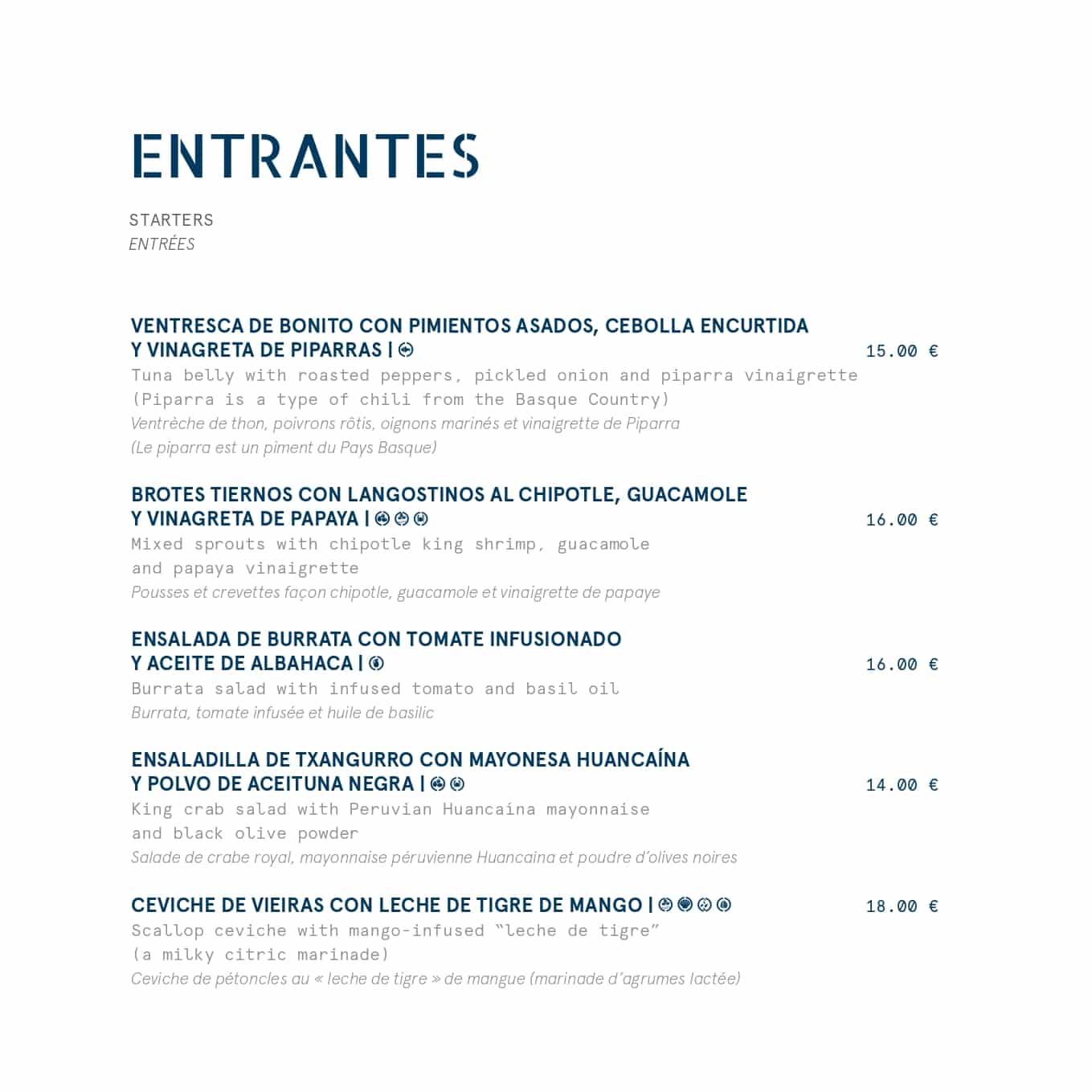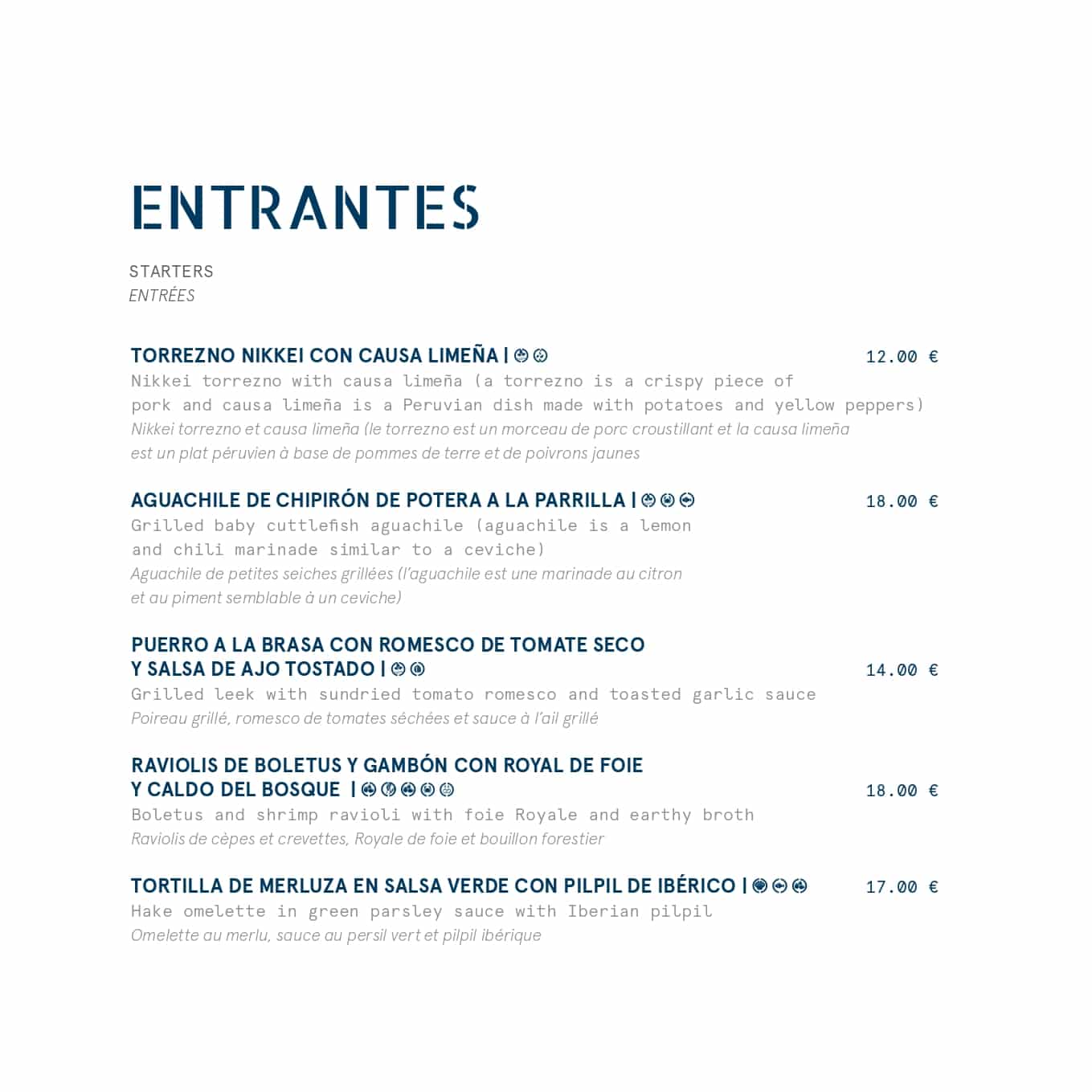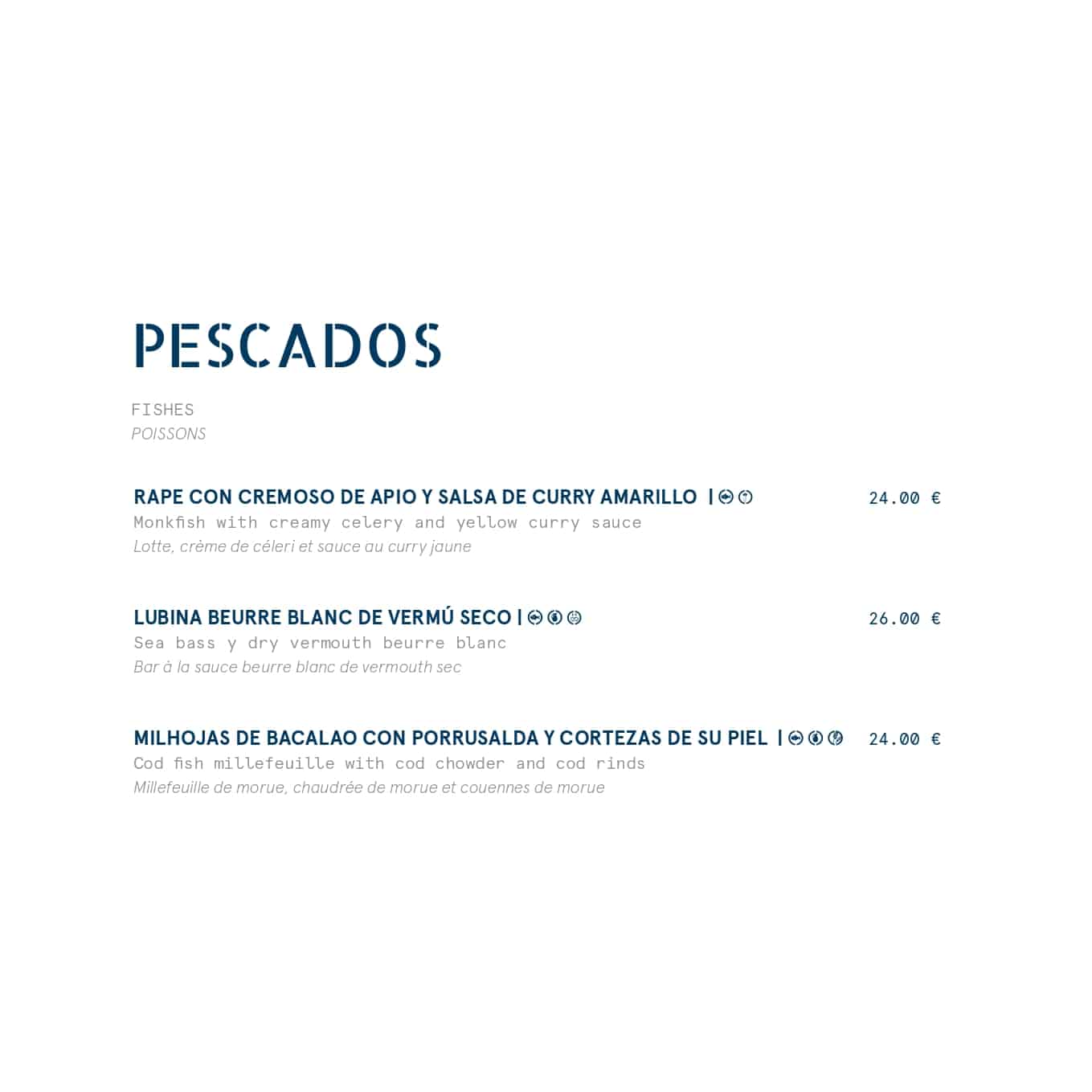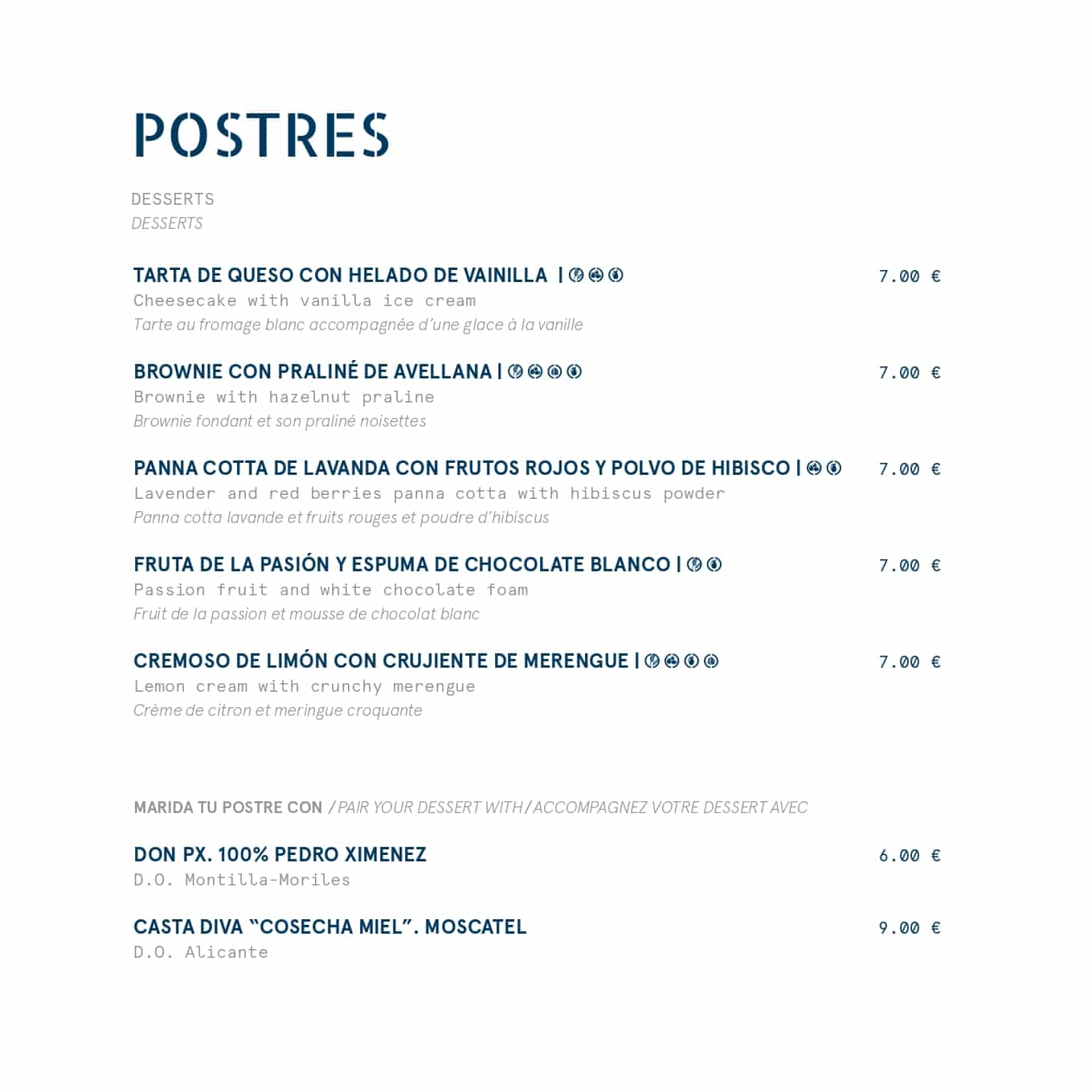
20 Dec Palacio de Atocha: a hotel with a history by CoolRooms Manor Hotels
Palacio de Atocha is located in an old palace from 1852 in the heart of the Literary Quarter (Barrio de las Letras), which was restored to house a new luxury hotel concept.
This is CoolRooms Hotels’ premise, summed up by its CEO, Miguel Ardid: “Our hotels in emblematic or singular buildings, in culturally active environments or privileged natural settings, offer a memorable experience, elevating the art of travelling to an unforgettable adventure”.
The Palacio de Atocha building belonged to Sir Nemesio Sancha, a high-ranked public worker at the Ministery of Overseas Affairs and a knight of the Order of Charles III. Before that it housed a chapel and a convent. Its walls have been witness to the passage of time and the birth of luxury in Madrid, as shown by the cast iron columns on the main floor–testimony to the architectural and artistic avant-garde at the moment of its construction– or the original granite fountain in the courtyards, which reminds us of the arrival of running water to the building.

The first thing that catches the eye is its imposing entrance, guarded by the god Hermes. This alone transmits the nobility of the building. If we continue through the carriage passage, with impressive 7-meter-high ceilings, today we will come across the hotel’s reception area. Continuing on a straight line across the passage, we arrive at a secret garden with a pool, currently turned into a nice courtyard for the restaurant El Patio de Atocha with a swimming pool that comes and goes as if by magic depending on the time of the year.
The splendorous staircase that climbs from the reception area up to a bright skylight deserves its own mention. It has even been declared a Cultural Heritage Asset. Nemesio Sancha made his architects reflect his position as a lawyer by using lictors as decoration, as well as his success in the trading world by filling all spaces with the image of the god Hermes. This one appears framed by laurel branches, alluding to success and triumph. This ornamental element has become the symbol and logo of Palacio de Atocha.
Back in the 19th century, the most important social events were held in the ballroom. Here the ceiling decorations with molded birch sticks joined by golden leather ribbons stand out particularly. This motif is repeated in other spaces and refers to Nemesio Sancha’s position as a jurist. Its beautiful adjoining room was used by gentlemen after meals. Here is where they smoked their Havana cigars while discussing business and politics. This space has been preserved perfectly, except for the furniture and drapery. Its walls covered in wallpaper, probably manufactured in Madrid’s Royal Factory, are also considered Cultural Heritage Assets. The chimney is made out of white marble from Carrara and the golden mouldings are a recreation of the Louis XVI style. This came back in fashion during this time, recovering its sinuous and fully polychromatic taste.

Among the treasures that survived the passing of time, we must mention the spectacular main façade on Atocha street, its majestic gate, which was stripped to recover its original color, and the already mentioned inner patio.
Thanks to the restoration, refurbishing and decoration works carried out by CoolRooms, the 34 rooms in this hotel can today take the baton from over a century of history with a perfect fusion of palace energy and the most sober contemporary design.
It’s a multidisciplinary project that unites the rigorous sensibility of the architecture firm Antana, the stylistic fluidity in the interior design of Proyecto Singular and the poetical precision of the lighting by María Covarrubias to achieve an almost cinematographic beauty.

 +34 910 88 77 80
+34 910 88 77 80 +34 650868269
+34 650868269
